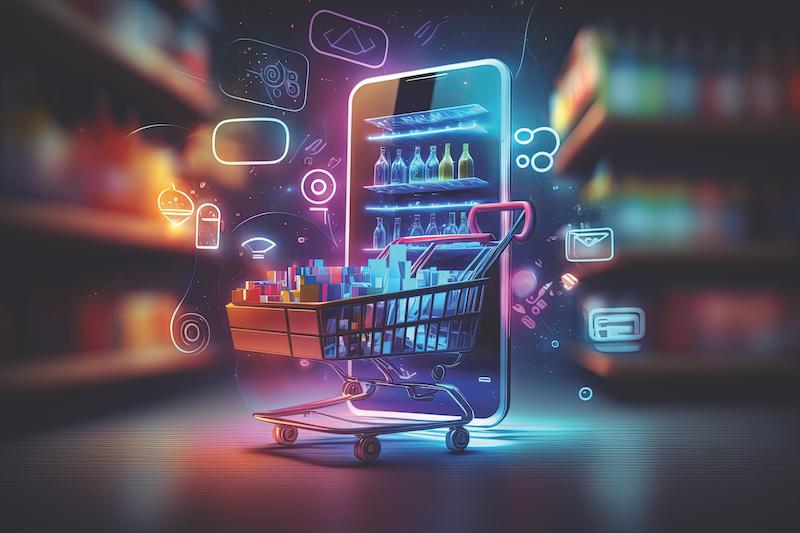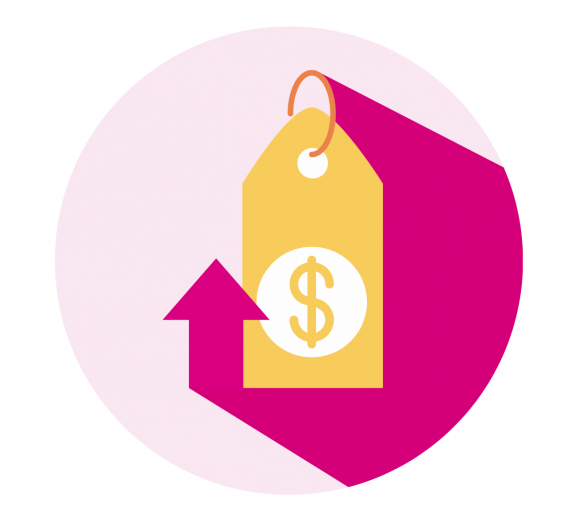In June 2020, more than half of North American buyers surveyed by Shopify said the COVID-19 pandemic had changed the way they will shop going forward. Looking back, how did this play out?
The answer is that the shift has been more pronounced than anyone could have predicted. As supply chains still struggle to recover and inflation is reining in household spending, small businesses have been hit hard.
While inflation is predicted to slow in 2023, small businesses will need to contend with shifting consumer demands and loyalty in the wake of rising costs. What new shopping behaviors have emerged? Which consumer trends will impact brands the most? And how can business owners respond?
Buyers Impacted Are Seeking Deals
While the luxury products market is predicted to see an uptick this year, mid-tier or “aspirational luxury” brands will struggle most to offer value to customers without damaging their reputation. Tightening spending has caused brand loyalty to wane, with consumers looking for deals. Shopping habits are trending toward saving money and price comparison.
- Eight in 10 Americans surveyed in one poll believe 2023 will be a year of economic difficulty.
- 56 percent of households plan to save money this year by reducing expenses.
Social Ads Still Drive Purchases
Despite the rising cost of acquiring a customer and the lower return on ad spend, social ads are still a top driver of purchases in the U.S., Shopify’s research finds. On some platforms, social commerce hasn’t seen uptake at quite the rate expected, causing companies to revert to a “back to basics” approach to advertising.
- 78 percent of consumers say they are more willing to buy from a brand if they have a good experience on social.
- Social media ad spend increased more than 38 percent between 2020 and 2021, rising to almost $230 billion in 2022.
- While the cost per thousand ad impressions (CPMs) increased during this time, it began to fall in the second half of 2022.
Social Commerce Holds Strong on TikTok
One platform is dominating the social commerce space: TikTok. TikTok reported in 2022 that its platform is 1.7 times more likely to be the source for product discovery than other platforms. The social network also became shoppable last year, monetizing the popular #TikTokMadeMeBuyIt trend.
- The percentage of TikTok users who are social buyers is predicted to surpass Facebook’s in 2024.
- Google found that 40 percent of internet users aged 18 to 24 start an internet search on TikTok or Instagram — rather than using Google.
Brands Look to Omnichannel Experiences
With supply chain issues, waning loyalty and more competition, direct-to-consumer (DTC) ecommerce brands are seeking new ways to reach their customers. Consumers are starting their discovery journeys in places other than traditional search engines. Finding new avenues to get in front of buyers will be key in 2023.
- Amazon tops the list for online shopping searches among U.S. adults, with 63 percent reporting they use the site to discover products.
Personalization is in Demand
Many consumers expect brands to offer personalized shopping experiences, both in-store and online. But consumer interest in shopping experiences tailored to their interests is matched by their concern for privacy.
- Interest in personalization is increasing drastically. In 2022, 62 percent of consumers surveyed in one study said a brand would lose their loyalty if it did not deliver a personalized experience, up from 45 percent the previous year.
- One study found that 74 percent of consumers surveyed said they highly value their data privacy and 82 percent are concerned about how companies are using their personal data.







